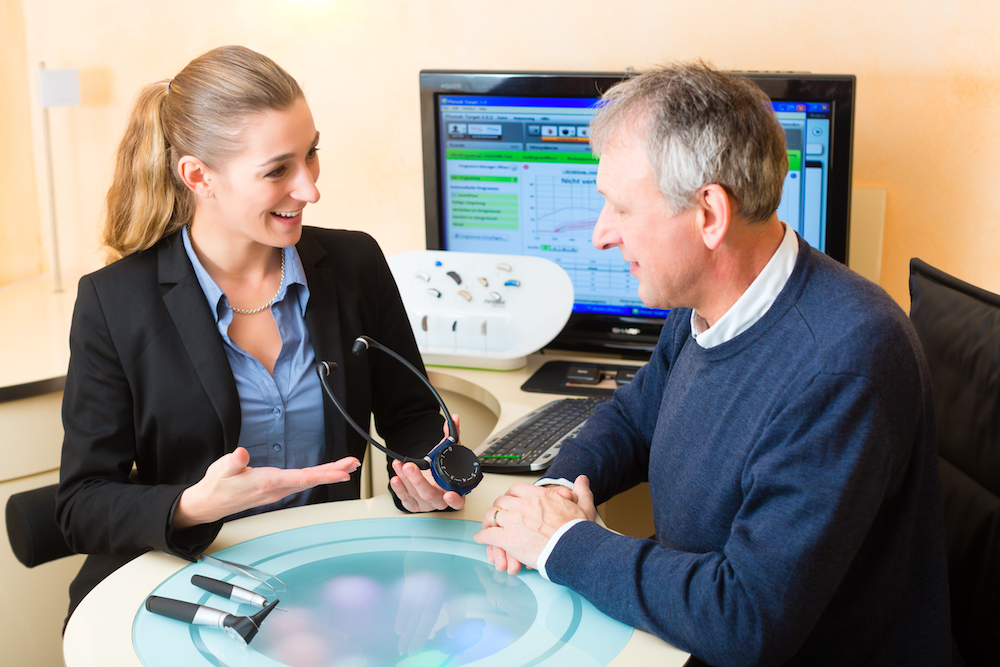Pure Tone Audiometry is a standard diagnostic test used to assess a person's hearing sensitivity at different frequencies (pure tones).

The primary objective of PTA is to determine the softest sounds a person can hear across a range of frequencies, typically from low to high.
During PTA, the individual wears headphones and listens to pure tones at various frequencies. The audiologist or hearing specialist adjusts the intensity (loudness) of the tones, and the person indicates when they can hear each tone.
The results of PTA are often plotted on an audiogram, which is a graph that displays the individual's hearing thresholds at different frequencies. The audiogram provides a visual representation of the person's hearing abilities.
Common frequencies tested during PTA include 250 Hz, 500 Hz, 1000 Hz, 2000 Hz, 4000 Hz, and 8000 Hz. These frequencies are essential for understanding the individual's hearing across the speech spectrum.
PTA helps classify the type and degree of hearing loss:
\Involves issues with the outer or middle ear.
Involves issues with the inner ear or auditory nerve.
Combination of conductive and sensorineural components.
In addition to pure tone testing, speech audiometry may be conducted to assess speech recognition and discriminate speech sounds.
PTA is used in various clinical settings, including diagnosing hearing loss, determining the extent of hearing loss, monitoring changes in hearing over time, and guiding interventions such as hearing aid fittings.